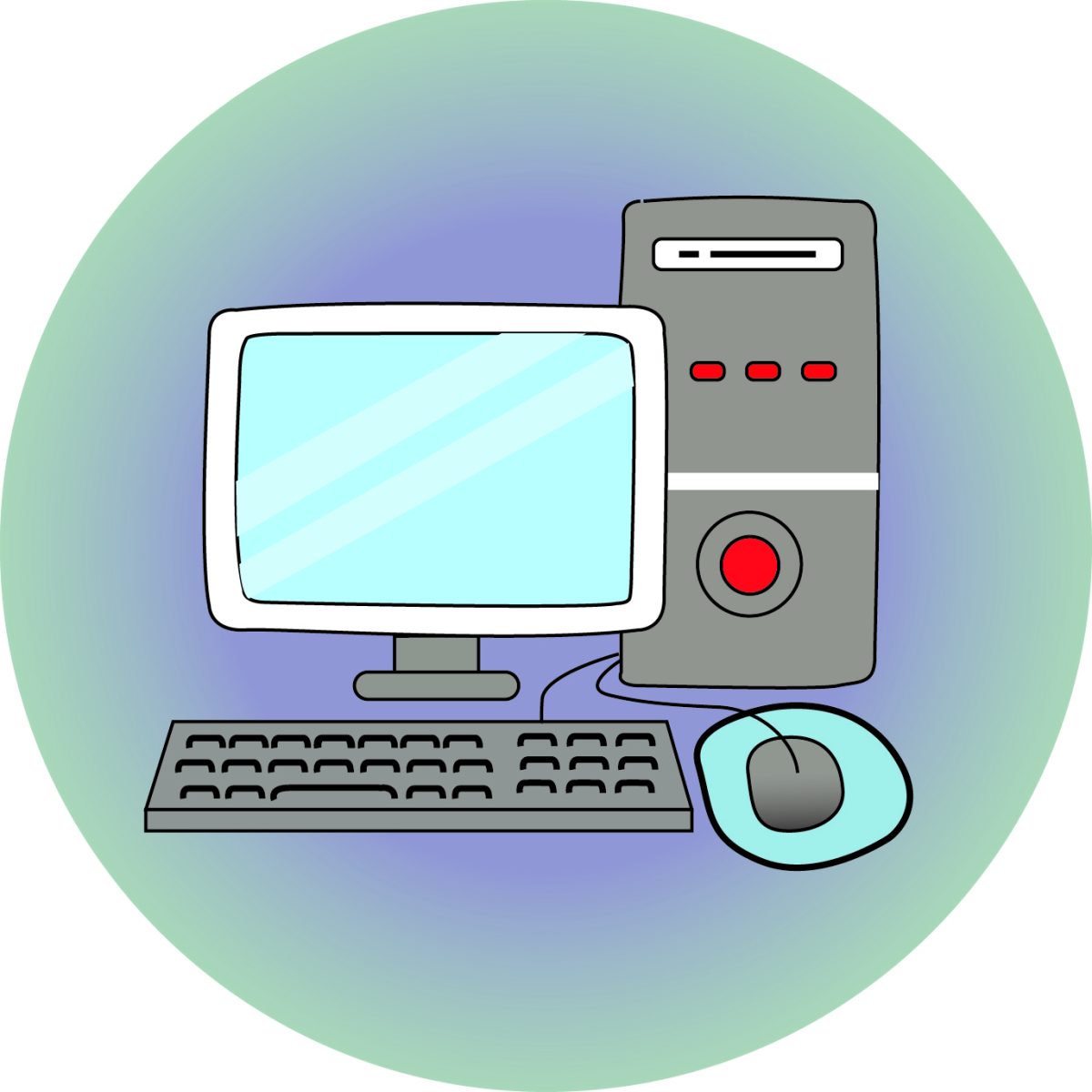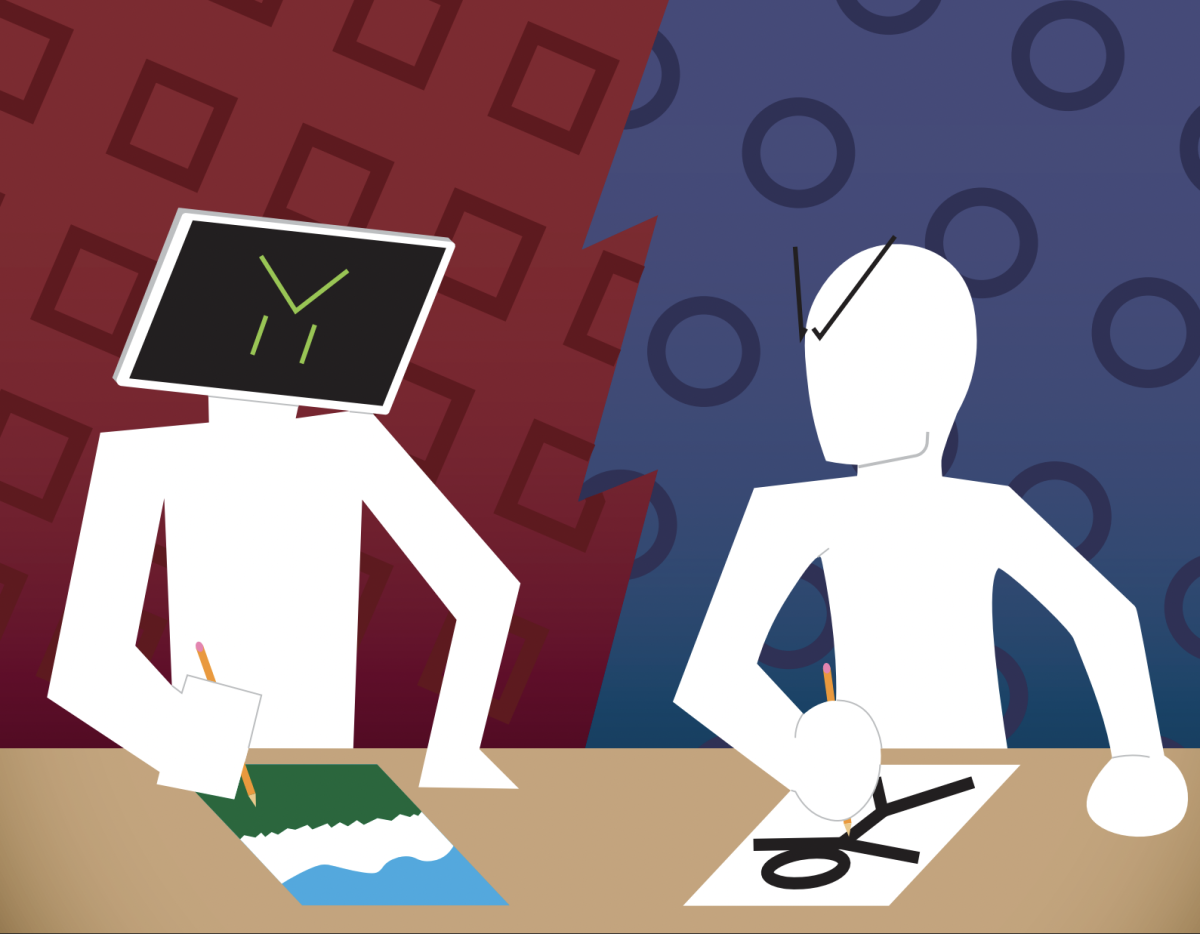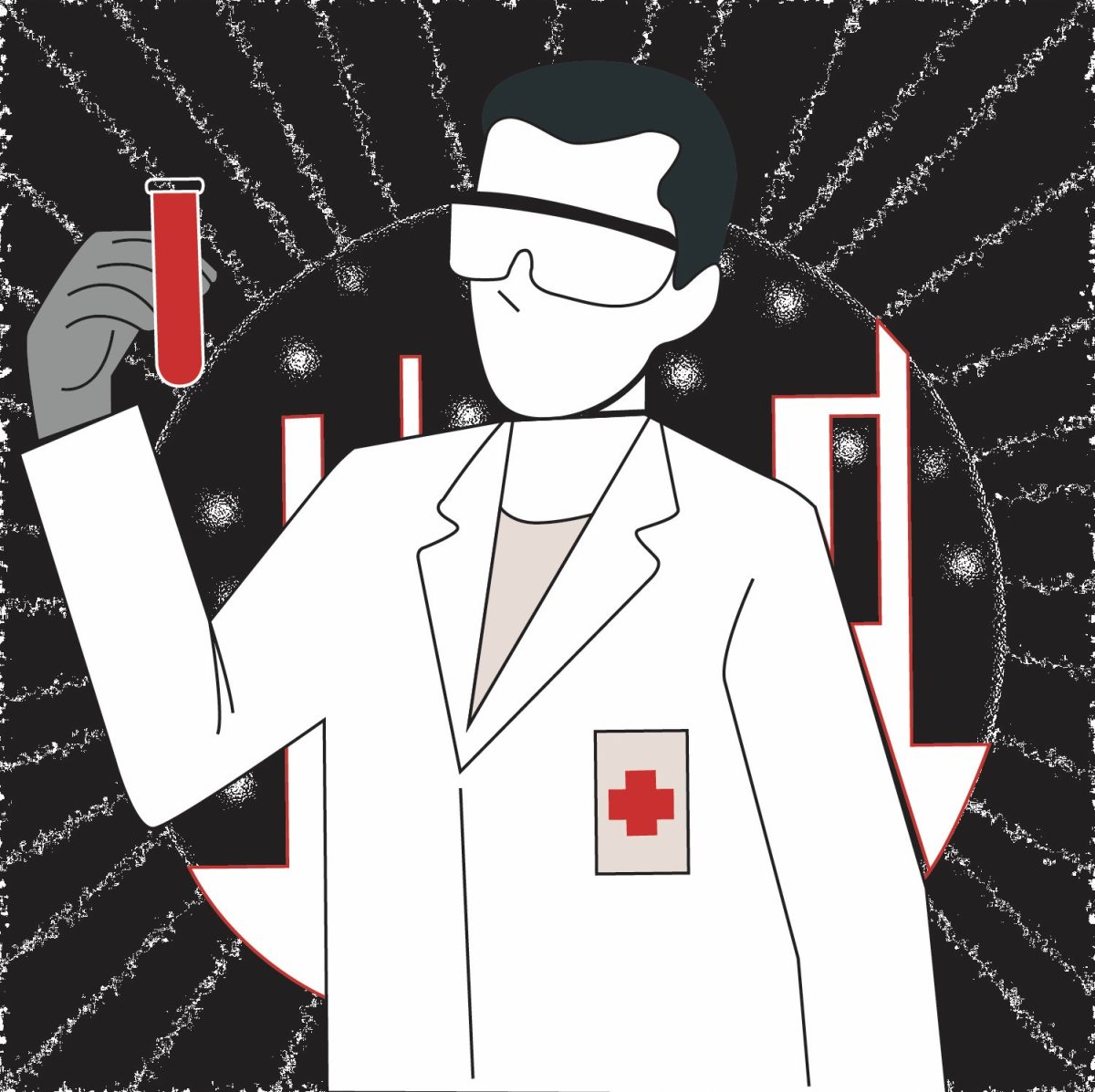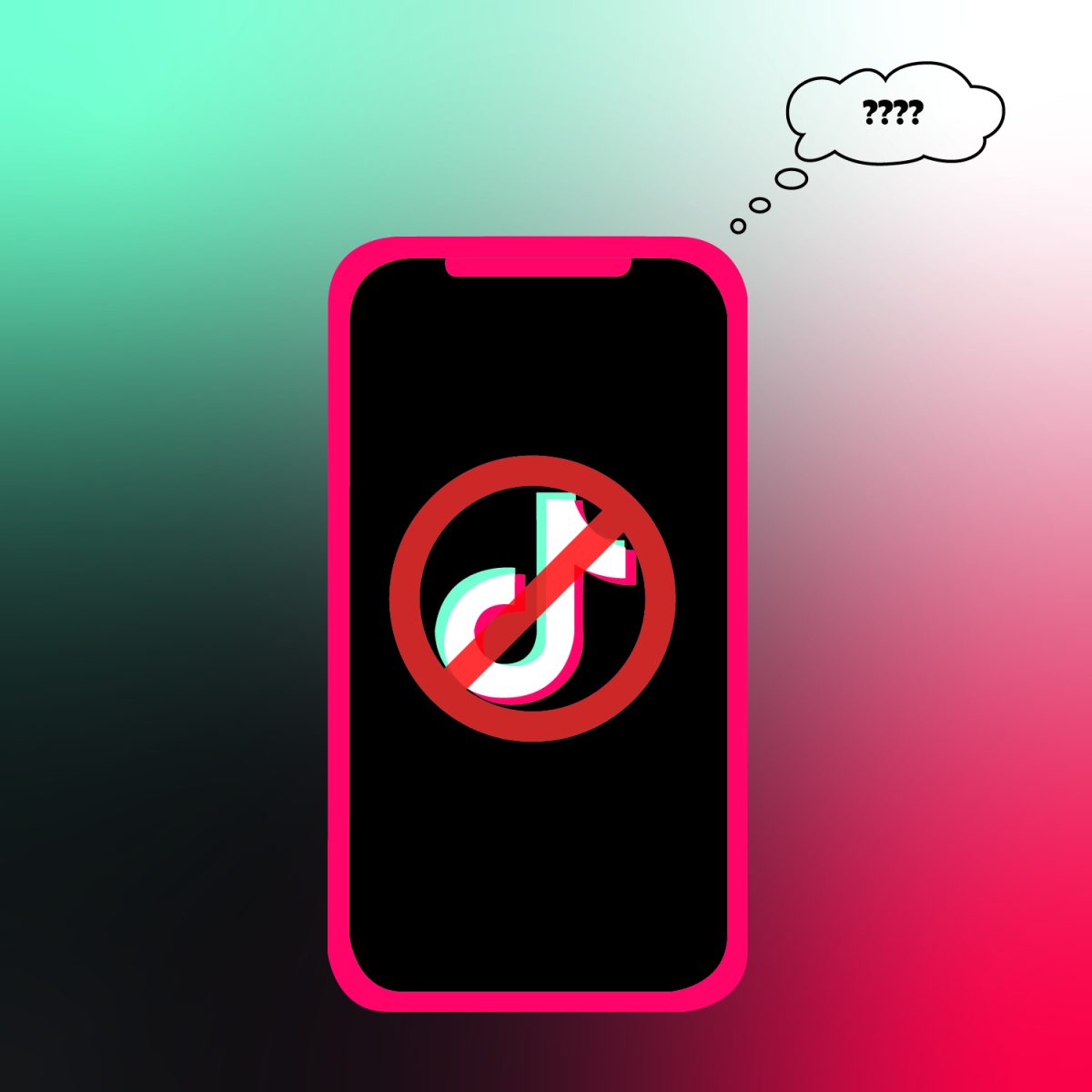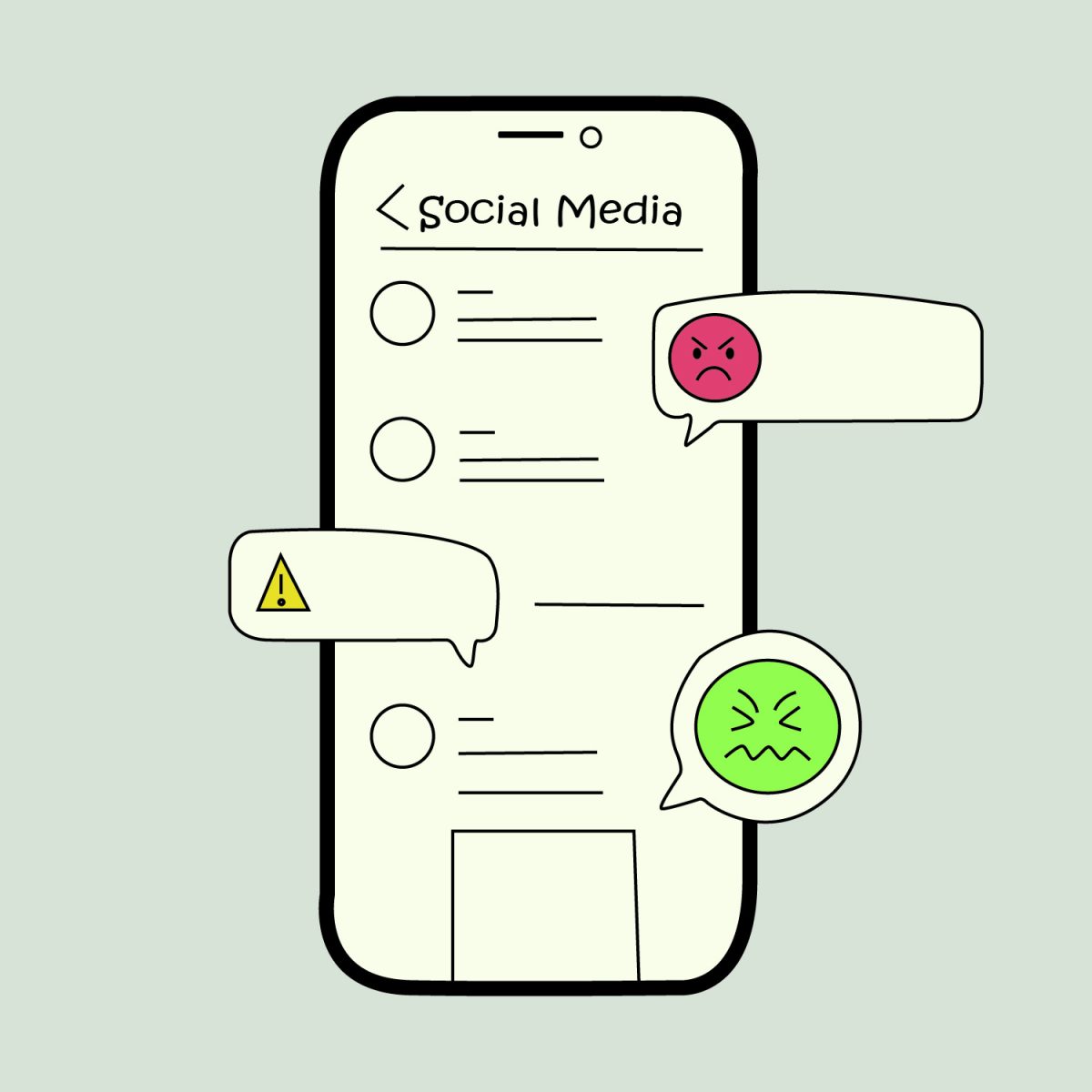During 2020, Issaquah School District (ISD) transitioned to online learning, marking the beginning of what would become large-scale use of technology with education. A year later, we saw distribution of school-supplied laptops, with this phenomenon only continuing for the next couple of years. Yet with each year came different responses.
The role of technology in schools has changed throughout time. While ten years ago, passing notes on paper may have been common, now texting during class reigns supreme. Students hold the entire power of the internet in their pockets, shaped as a smartphone. Satchel explains, “Not too long ago, in more traditional education, a more conventional classroom might have one or two computers for pupils to share. Today, it is not uncommon for each pupil to have access to their own online tools such as a computer or another smart device.” Technology has the power to assist learning. Public School Review states, “If students do not have access to computers or the Internet at home, access to these resources from laptop programs can open up the entire spectrum of higher-level thinking, learning, and analysis.” Laptops may be used to engage in creative applications of projects, utilize new technology, gain technological skills, and provide easier access to resources. Some fields, like computer science and graphic design are based around technology, and there is a clear-cut argument for engagement in technology in those fields. Our modern one is one that is based upon technology, so integrating these materials into secondary education leads to a more seamless transition for students. However, this also comes with the potential for harm. According to eSchool News, “Overreliance on technology may lead to a loss of face-to-face interactions, impacting social skills and emotional development. Traditional teaching methods might be overshadowed, potentially diminishing critical thinking and problem-solving skills.” Aside from this, there is also the ability for technology to disrupt during teaching. Although computers can have learning-assistive software that enhances classroom education, they are also connected to disruptive content, like social media, internet games, and the internet as a whole. While school-monitored laptops may attempt to limit these distractions through blocking out certain sites such as Instagram, FaceBook, LinkedIn, and others, school administration cannot possibly hope to block every single distractive site.
2021 marked the first year in which school supplied laptops were distributed to ISD. Featuring a contactless style of pick-up, students would grab their laptops at the beginning of the year, with a charger and hotspot if requested. This year marked the first “full” online year, with a hybrid option added towards the end. The usage of school computers was mixed, with some students using their school-provided laptop and others using their home computers. Senior Riva Naidu explains her choice to use her own laptop, stating, “It is more convenient to use my home laptop because I am more used to it. Also my school computer is slower.”
In 2022, ISD came back in-person, once again distributing school-provided laptops to students for educational usage. This continued into 2023. Unlike other surrounding districts, this marked the first year that school-provided electronics were distributed to students in-person, with other districts providing these amenities years before. Notably, the Mercer Island school district with their 1:1 iPad program, and Bellevue School District’s blend of iPads and laptops. However, what quickly became clear to me was that many students did not actually use these school-provided laptops, instead favoring their own personal laptops. And this makes sense–personal laptops are ones that you automatically have more familiarity with, not to mention the additional perk of being able to access any site, rather than simply the school’s designated ones. However, students may also like the convenience of not having to remember to bring a home computer to school and back. Additionally, some students might not own a personal laptop, meaning that the district provided laptops give them their own.
School laptops came with specific software pre-installed, making it necessary for certain classes. At IHS’ AP Spanish: Language, Conversation, and culture class, school laptops are highly recommended for the AP exam. AP Spanish has multiple components designed within the exam to test fluency, including an oral-based and written MCQ section, argumentative essay, email writing prompt, and finally, multiple sections of mock conversations. In order for these mock conversations to be carried out, students listen to recorded prompts and upload recordings of their own responses for the exam. Students in language courses receive computers with special software especially for this purpose, to ensure that they can properly take the exam.
In regards to specific computers, the school district has evolved since last year. Now, two distinct styles of laptops are offered, most notably distinguished by the rounded versus straight edge corners of the devices. However, performance varies computer-to-computer, regardless of style, with some square computers being slower than round computers and vice-versa.

